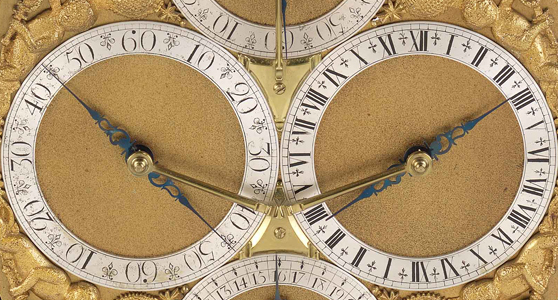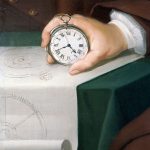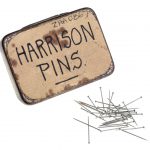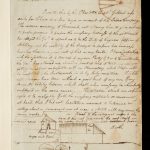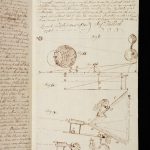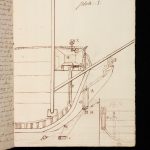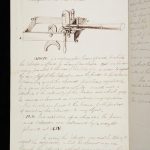Chronometers, charts, charisma: on histories of longitude
Article DOI: https://dx.doi.org/10.15180/140203
Chronometers, charts, charisma: on histories of longitude
https://dx.doi.org/10.15180/140203/001Charismatic megafauna are exotically impressive creatures guaranteed to attract immediate public fascination and sympathy. Their images and life stories provide indispensable resources for keen environmental campaign groups and publicists. The expression itself – charismatic megafauna – is barely a few decades old. Part of its point is to recall and contrast the hosts of apparently less alluring beings at least as crucial and fragile, possessed of their own cultures and needs, but who instead somehow have to rely for survival and support on the easier appeal of these larger and more compelling beasts. It is tempting to apply the term to less animate, but no less strangely charismatic, articles. In a host of salvage operations and museum collections, objects such as dinosaurs, Pharaonic mummies, totem poles and railway engines all play such roles. The charismatic megafauna of the National Maritime Museum include John Harrison’s astonishing 18th-century sea clocks, now widely reckoned the most important timekeepers ever constructed, not least because of their role in the determination of maritime longitude. Like so many of the artefacts currently held as part of the nation’s heritage, their highly troubled careers embody a remarkable range of themes in craftsmanship and science, conservation and administration, repute and controversy.

Subject to strenuous and conflicted judgment and trial in the mid 18th century, these clocks went into storage at the Royal Observatory from the 1760s, then spent some time being cleaned at a major London clockmaker’s before eventually returning to Greenwich Observatory in 1840 on the peremptory orders of its head, George Airy. They were but rarely exhibited until salvaged and restored from the 1920s by the naval hydrographer and polymath Rupert Gould (see Figure 2). His work helped them onto the stage: at the Observatory itself, at the British Empire Exhibition of 1925, and, during the 1930s, a period at the Science Museum, before being stashed once again for safety in wartime Cambridge, where they languished in a damp cellar. An important display about Harrison and his chronometers, Four Steps to Longitude, ran at the National Maritime Museum in spring 1962. Their public charisma was massively reinforced by the appearance of Dava Sobel’s Longitude in 1995 and by Charles Sturridge’s Granada film, devoted to the misfortunes both of Harrison and of Gould, released in 2000. The sea clocks and their maker hold pride of place in the Museum’s displays and in well-canvassed stories about navigation and clockwork, and about prejudice and genius.
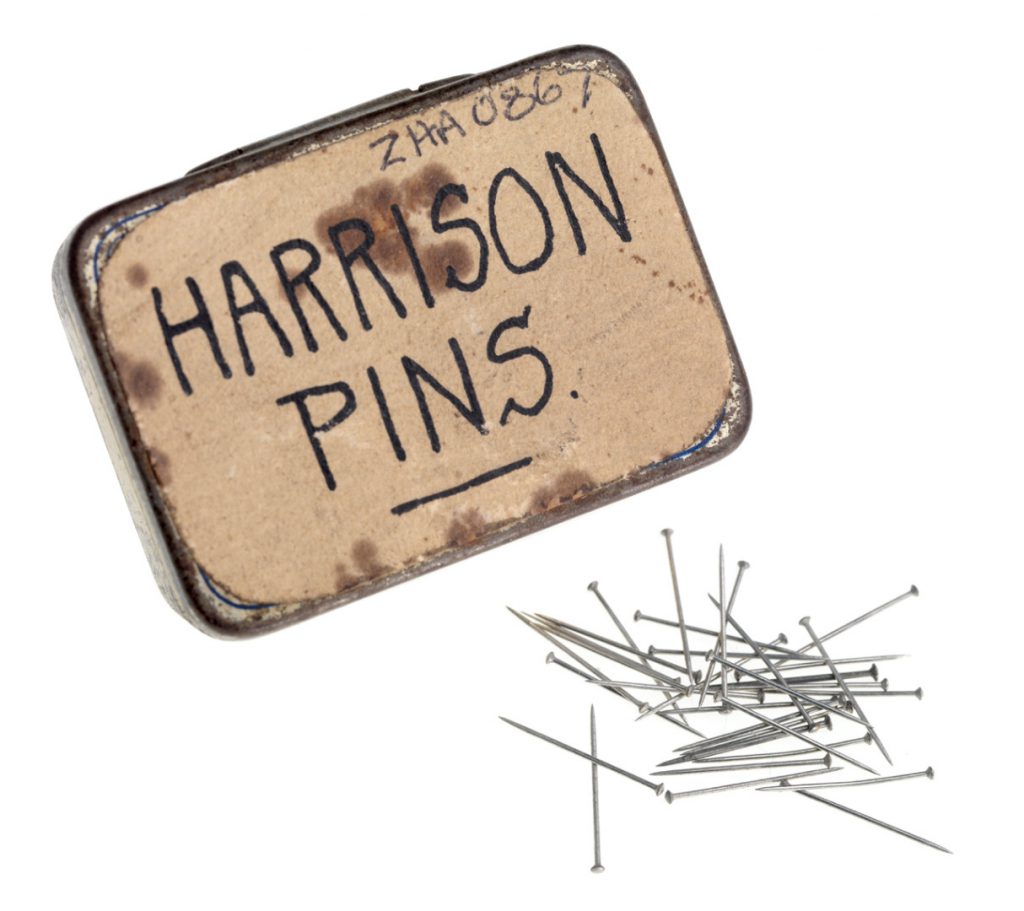
As Ludmilla Jordanova’s discussion of heroism and museology points out in this journal’s first number, storytelling matters a great deal to the life and fate of such charismatic objects and people. This group of mid-18th-century timepieces fit into many different narratives, not all of them mutually compatible. Some tales assume recognisable patterns, such as the comforting plot of lone heroism victimised by hidebound authority and eventually vindicated by posterity. But these need somehow to be combined with distinctly lesser-known narratives of the fascinating and complex milieux in which the machines were designed and built. Their charisma has prompted an apparently obvious question: how could anyone ever doubt these machines would work? But it becomes important to ask how the machines did work, what else worked in the projects to determine longitude at sea, how those functions fitted into the wider craft culture, what environment of competition and evaluation they occupied, and what range of demands and interests in navigation and commerce made such devices valuable. Answers to these queries demand accounts of Hanoverian administration and global trade networks dominated by joint stock companies and the slave trade, of the ingenuities of astronomical and survey instrumentation and the division of labour in computation of mathematical tables, alongside the threats to clocks’ working posed by friction and by temperature change and the equally challenging puzzles of calculating lunar motions years in advance and of performing exquisite angular measurements of celestial positions on a ship at sea.
It is not obvious how all these stories can be combined nor made comprehensible to their various audiences. Of course, incomprehension and mystique often nourish charisma’s powers. According to classical sociology, there is a fundamental contrast between charismatic systems that exercise their authority over communities of faithful believers, and bureaucratic systems whose authority relies instead on members’ rule-governed conduct. In museology, as in politics, it seems a commonplace principally to rely on the seductive and credulous appeal of celebrity. But the longitude enterprise simultaneously belongs to narratives of bureaucratic administration and calculated rule as well as to those of ingenious skill and heroic belief: hence the fascinating challenges of designing ways to make sense of that time and make those meanings work in ours.
Excessive attention to charismatic megafauna can perhaps obscure the fate of the many other agents who matter to an ecosystem. Even the most prodigious rely on and are involved in a lot of others’ different lives. In order to do justice to the range of stories that feature the sea clocks and other devices and personnel that accompany them, it seems vital to increase considerably the cast list of active humans and non-humans that appear in such tales (see Figure 3). Thus when in 2008–09 the eminent horologist and National Maritime Museum curator Jonathan Betts was engaged in fixing components of Harrison’s first sea clock, it became apparent that the quality of the brasswork, marks on the dials and the watch chain used all indicated that this 1735 masterpiece depended in part on several other skilled labourers and was the result of coordinated collaboration within a sophisticated nationwide system of divided labour. There is thus a tale to tell that resets the place of this clock and of its making within the intricately managed networks of the Georgian trade.

The enlargement of the number of characters in the longitude story was a main aim of a project launched in 2010 with funding from the Arts and Humanities Research Council (AHRC) as a partnership between the University of Cambridge and the National Maritime Museum. Team members included the curators Richard Dunn and Rebekah Higgitt, postdoctoral researchers Alexi Baker and Nicky Reeves, and students Katy Barrett, Eoin Phillips and Sophie Waring. Cambridge holds the archives of the Board of Longitude, established in the aftermath of the 1714 Act that offered large public rewards of up to £20,000 for methods for determining longitude at sea, eventually replaced in 1828 by an Admiralty advisory committee. These papers, now gathered in 68 volumes, offer remarkable resources for understanding the ingenious projects and cunning schemes developed in the 18th and early 19th centuries in response to this rather dramatic state initiative in encouragement of technical inquiry and maritime travel. Incoming correspondence documents claimants and technicians, many otherwise obscure or unknown, and thus opens a fascinating window onto the cultures of ingenuity and invention at a period of dramatic economic and social change. The Board would eventually be charged with far more than rewarding longitude schemes, so its archives shed a light on relations between public and private enterprises, on far-flung exploration of the Pacific and the Arctic, and on scientific and imperial policies.
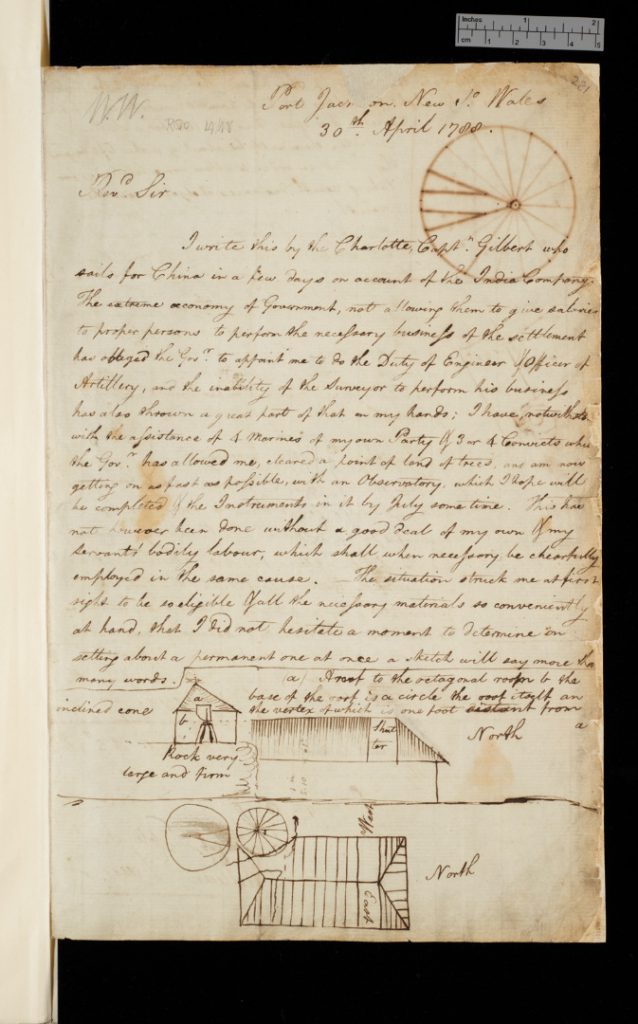
Alongside the great sea clocks, the Museum holds peerless collections of charts and maritime instruments directly linked with the longitude project. These include series of chronometers whose increased numbers and workability in the late 18th and early 19th centuries eventually helped turn timekeepers into a viable method of determining longitude at sea. There are magnetic compasses and logs that exploit the more traditional and most widely used methods of determining ships’ position by dead reckoning. There are the newfangled sextants designed to allow measures of the position of the Moon, Sun and stars from the moving platform of a ship so as to derive nautical position from celestial angles and times, a technique that long successfully coexisted with the chronometer schemes for maritime longitude.
Important, too, are other sets of papers and publications, held both in Cambridge and Greenwich, which include the manuscripts of the Astronomers Royal of the 18th and early 19th centuries and the long runs of almanacs and mariners’ guides, together with an impressive collection of ships’ logs and nautical correspondence. Part of the aim was to link the instrumental hardware of measurement and navigation with the bureaucratic paperwork of claimants and judges, to allow the reconstruction of the system of production, judgment and control that long dominated the longitude projects and their aftermath. This project, in turn, would allow much greater access to these invaluable resources. With support from Jisc, the entire archive was digitised, then made available on an open-access website maintained by Cambridge Digital Library. Guides and commentaries were provided for these documents, and links added to connect references in the Board’s papers and correspondence to the matching instruments and images in the National Maritime Museum’s collections.
In museological debates on the show of science and technology it is often held that original objects are insufficiently eloquent and compelling to recruit public interest and understanding. Instead, it is argued, it is necessary to surround these instruments and machines with instructive and interactive installations, or even simply expel such devices from display. In the case of the longitude stories, however, a few charismatic objects can be used to give voice to series of other much less well-known agents. These magnificently compelling objects include some of the most important artefacts that accompanied the British entry into the Pacific in the 18th century. James Cook’s voyages, well documented in the Board of Longitude archives, were charged with trialling the efficacy of a range of longitude methods, both the remarkable copy of Harrison’s sea watch made by Larcum Kendall and taken by Cook into the Pacific, and the sextants and almanacs used to determine the longitude by astronomical methods.

The instruments that accompanied Cook, Bligh or Vancouver are compelling enough to motivate important stories about islanders’ agency, while the charts made in Oceania have their own narratives of encounter and travel well beyond European networks. Following the Board’s assumption in 1818 of management of expeditions into the Arctic to define a northwest passage to the Pacific, superbly detailed materials were accumulated on polar science and navigation, with accompanying charts and images of ice fields, auroras and the peoples of the northern seas. The presence of Polynesian and Inuit navigators within these stories of maritime sciences helps show how many were implicated in the global longitude project.
These issues of scope and of participation emerge in part from the complex relation between charisma and bureaucracy within the composition of the longitude archives. The first recorded meeting of the Commissioners of Longitude nominated by the 1714 Act took place in 1737, and was immediately prompted by Harrison’s claims for his sea clock. Relations between Harrison and the Board remained warm and supportive until the 1760s. But comparatively little of the Board’s extant records deal with his schemes, which can be better followed in documents such as the papers of the Astronomer Royal Nevil Maskelyne, also available on the Cambridge Digital Library website, including records of the West Indies voyages and the Greenwich trials that tested the sea clocks. Indeed, these records owe their current disposition to the seventh Astronomer Royal, George Airy. In the late 1830s, just as he sought to recover Harrison’s sea clocks, so he sought to accumulate the Board of Longitude’s records from the Royal Society and the Admiralty. Two decades later, Airy had all the papers bound in volumes he described as ‘one of the most curious collections of scientific enterprise, both normal and abnormal, which exists’. The stern astronomer’s notions of normality have since governed the ways in which institutional memory has worked, carefully discriminating between sea trials and instrument designs, teasing apart the records of clock schemes from those for astronomical methods, setting aside papers concerned with hydrography, magnetism and the tides, and reserving special volumes for what Airy judged ‘irrational schemes’. It is clear this classification barely did justice to the original scope of inquiry embodied in the Board’s records and associated documents: claimants ranging from religious pamphleteers and shoe manufacturers to East Indian employees and German professors generated a remarkable and richly documented and illustrated stream of projects.
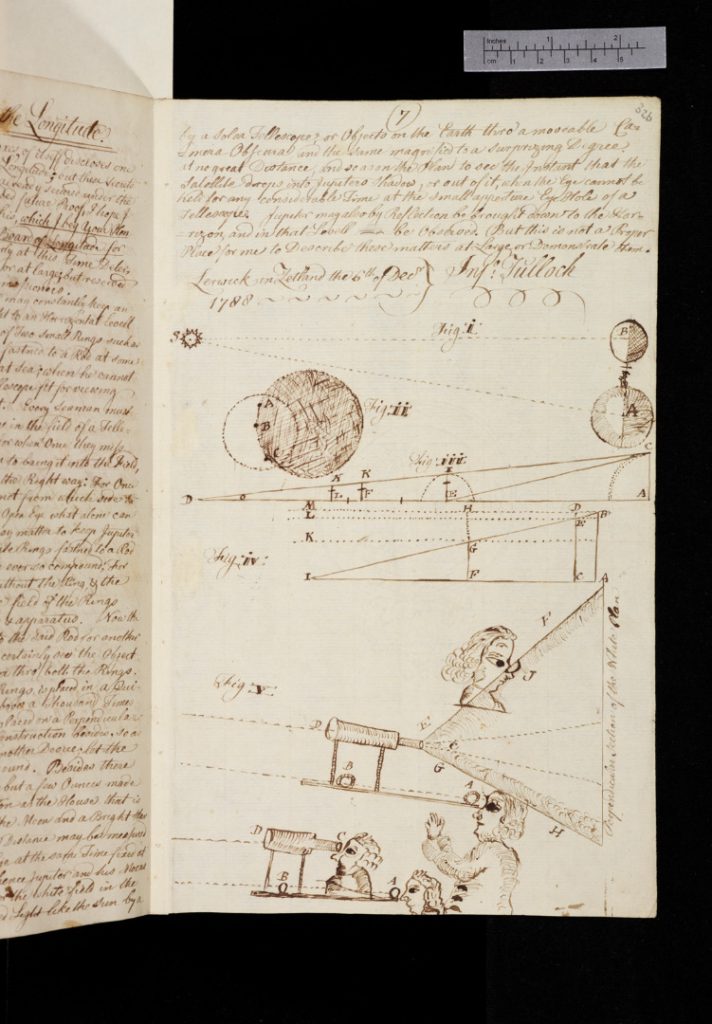
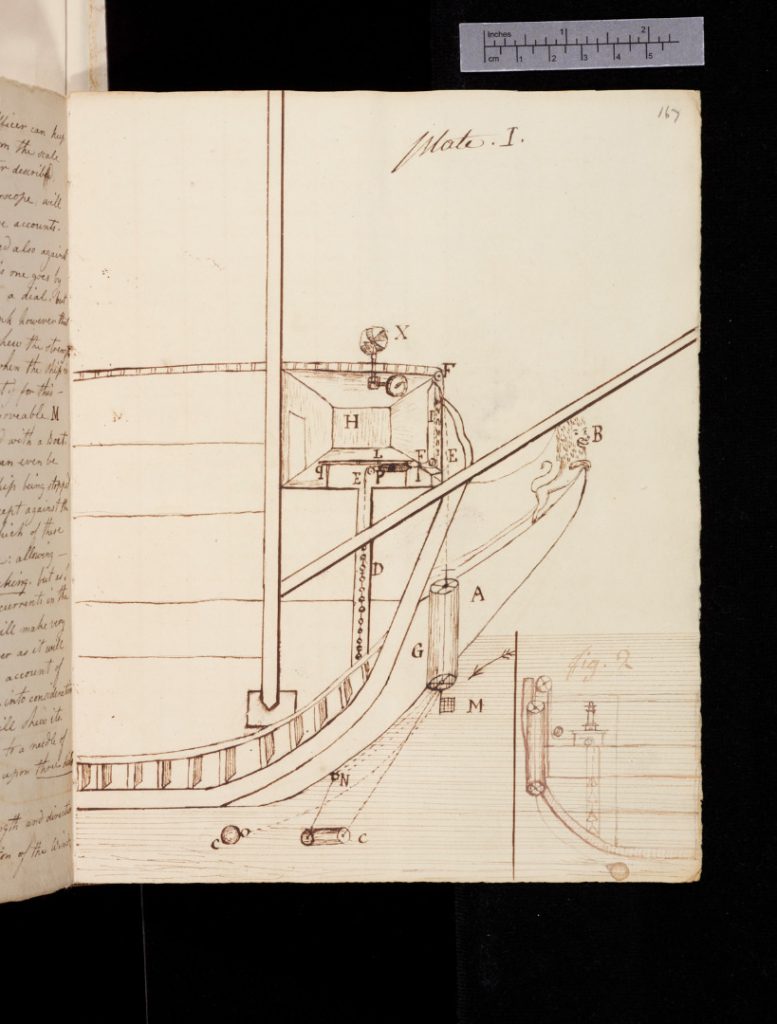
Part of the aim of the AHRC project has been to use these records to make sense of the inventive cultures of 18th- and early-19th-century society, extending well beyond the narrower confines of the British astronomical and horological communities.
This has been achieved both through documentary research and through creative museology. A major exhibition curated by Richard Dunn and Rebekah Higgitt, Ships, clocks and stars, drawing on the project’s work, opened in summer 2014. The National Maritime Museum team, including curators Heloise Finch-Boyer and Richard Dunn, also used the digitised records of the broad range of schemes submitted to the Board as a prompt for steampunk designers and artists who were then invited to display their own versions of such projects within the galleries of the Royal Observatory. In 1824 Samuel Parlour, based at the East India Company’s military college at Addiscombe, submitted a scheme for an apparatus to be worn on a seaborne observer’s shoulders that would allow the telescopic observation of the eclipses of Jupiter’s moons, and thus determine absolute time.
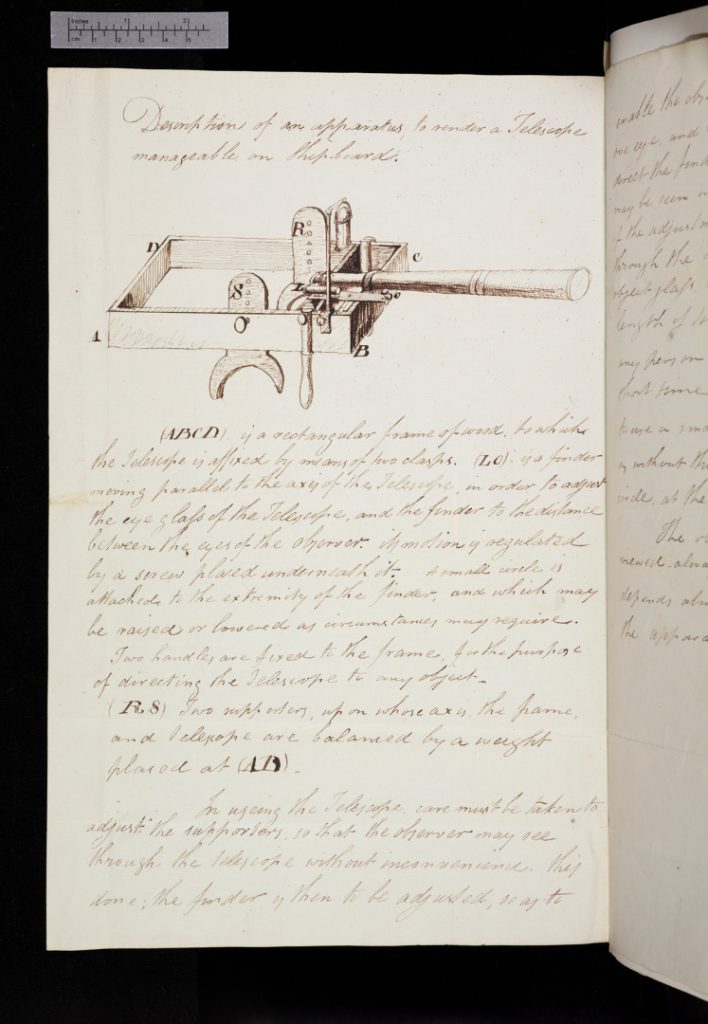
It resembled a much earlier scheme proposed by Galileo, but despite undergoing sea trials in the 1820s, was rejected by the Board. Using the specifications preserved in the Board’s archive, the designer Matthew Dockrey manufactured an ingeniously adapted version of Parlour’s apparatus for display alongside a range of such adapted projects in the exhibition Longitude Punk’d that opened at Greenwich in March 2014. No doubt part of the aim of the AHRC-funded project is its artful reclamation of the otherwise lost creativity of hosts of past designers and visionary artists. Part, too, lies in the capacity of these materials to alter the current sense of a monotonic and determined story of technological and social change.
It is historians’ sceptical habit to find charisma dubious and to call into question received heroic tales of the sciences’ past: and this can pose major challenges and offer significant opportunities for curatorial work. It is rarely sufficient, however, simply to show how charismatic stories have been tangled up with myths. At least as important, especially in research and in outreach, is to understand and show how these stories work and the functions they so well fulfil. Study of the material records of the longitude project fits the pattern. It seemed valuable to bring out the major challenges of 18th-century navigation as more complex, more conflicted and much less self-evident than received narratives would have them. Correlation of material from the Cambridge Digital Library with other online databases of texts, objects and images provided vital and surprising resources. In the Old Bailey court records for 1692, project member Alexi Baker found evidence of a fight at the Ship Tavern which broke out because a customer claimed ‘there was no such word as Longitude’: he was killed in the ensuing brawl. ‘Longitude’ would, however, soon become a common term in satire, science and scandal. Alongside charisma and bureaucracy, the role of tradition and custom needed stressing, since most mariners relied on conventional methods of determining their position, methods that had long served them well. In the absence of any accurate sea charts, furthermore, knowing a ship’s exact location would be more or less useless: so hydrographers and surveyors have to be granted crucial roles in any longitude story.
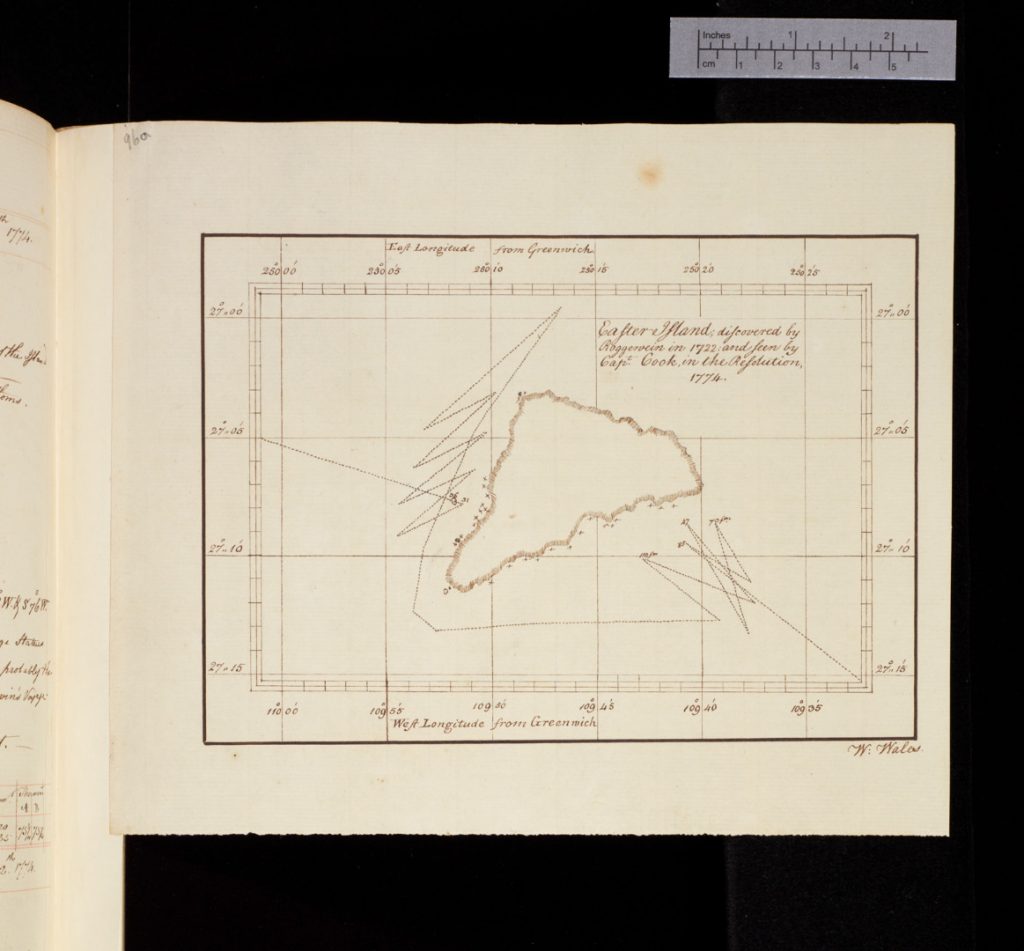
Nor would a purely chronometric method for longitude at sea ever be entirely straightforward, not least because of the difficulty of ascertaining local time. It has been important to show that both astronomical and horological methods were then viable solutions to the longitude problem, and to work out ways of explaining how they were frequently treated as complementary rather than rival schemes while at sea.
On Cook’s expeditions, for example, the navigator would use conventional dead reckoning over periods of a few days’ travel; every few weeks he would take a fix with his sea clock in combination with select astronomical observations and consultation of his Greenwich almanac; and would periodically calculate his position astronomically, from lunar observations, to reset his watch. It is just as telling that the protagonists of the Longitude Acts knew perfectly well what the likely solutions to the problem of navigation at sea would involve. Acting during the preparation of the Longitude Act in 1714 as the rough equivalent of a government scientific adviser, Isaac Newton clearly laid down the viable approaches. It has been alleged that Newton erred in backing astronomical against chronometric schemes for nautical longitude, but he said no such thing, instead correctly arguing that clocks alone could never deliver a longitude solution. It has even been shown by Rebekah Higgitt that there was no such thing as the Longitude Prize in the 18th century and that the phrase was barely ever used in that period. Instead, the Act prescribed rewards, often in compensation for costs incurred by claimants. The cost of rewards, of which Harrison received the largest single share, would eventually make up about one third of the Board’s entire expenditure. Other aspects of its activities, in distributing publications and in sponsoring global expeditions, emphasise the significance of this very early and epochal initiative in the state support of inquiry, innovation and infrastructure.
There are many ways in which longitude histories have contemporary resonance, not least in attention to the status of the heroic inventor and the community of innovators and artisans, in the light shed on the constructive role of state action in cultivating economic and technical activity, and in the fascination of loss and location at sea and in space. Collaboration between scholarship and curatorship can help present these themes in original ways and demonstrate how the rich resources of material culture and practice can acquire a vast range of public meanings. In so doing, we are no doubt recapitulating some challenges already faced in early modern Britain. The crux of the longitude programme then was to work out how an apparently incomprehensible and esoteric scheme could possibly be explained to others, and in principle, though barely ever in practice, understood and used everywhere. Charisma had somehow to become routine.
Further reading
Dunn, R and Higgitt, R, 2014, Finding Longitude (London: Collins) offers an accessible, well-illustrated and reliable introduction to the longitude programme: the book was produced as companion to the National Maritime Museum exhibition Ships, Clocks and Stars (2014–15).
Betts, J, 2006, Time Restored (Oxford: Oxford University Press) is a fascinating account of Rupert Gould’s career and the recovery and restoration of the Harrison sea clocks. Gould’s indispensable The Marine Chronometer: Its History and Development, first published in 1923, has been reissued in a fine illustrated edition (Woodbridge: Antique Collectors’ Club, 2013).
Howse, D, 1980, Greenwich Time and the Discovery of Longitude (Oxford: OUP) is a helpful introduction to the basic techniques of longitude determination and equipment. Andrewes, W J H (ed.), 1996, The Quest for Longitude (Cambridge, MA: Harvard) is a lavishly illustrated and informative collection of papers given at a major 1993 symposium on Harrison and the longitude project.
For navigation methods in the epoch of Cook’s voyages, good introductions are provided in Fisher, R and Johnston, H (eds), 1979, Captain James Cook and His Times (Vancouver: Douglas and McIntyre) and Lincoln, M (ed.), 1998, Science and Exploration in the Pacific (Aldershot: Boydell). For re-evaluation of Harrison’s projects, look at articles by Jim Bennett in Journal for the History of Astronomy, 24 (1993) and in Bourguet, M-N, Licoppe, C and Sibum, H O (eds), 2002, Instruments, Science and Travel (London: Routledge).
The theory of charisma and bureaucracy was set out by Max Weber in a series of essays translated and collected in Eisenstadt, S N, 1968, On Charisma and Institution Building (Chicago, IL: University of Chicago Press) and put in the context of Weber’s world in Ringer, F, 2004, Max Weber: An Intellectual Biography (Chicago, IL: University of Chicago Press).
Charismatic megafauna and their role in public campaigns are discussed in brilliant essays by Charis Thompson, especially ‘When elephants stand for competing models of nature’, in Mol, A and Law, J (eds), 2002, Complexities (Durham, NC: Duke University Press) and are analysed in Entwistle, A and Dunstone, N (eds), 2000, Priorities for the Conservation of Mammalian Diversity (Cambridge: CUP).
Access the digitised edition of the papers of the Board of Longitude and related materials through the Cambridge Digital Library: cudl.lib.cam.ac.uk/collections/longitude

